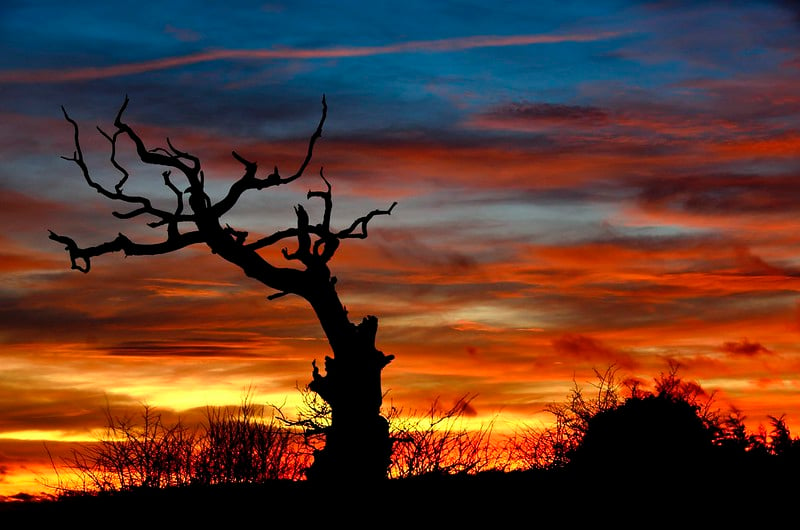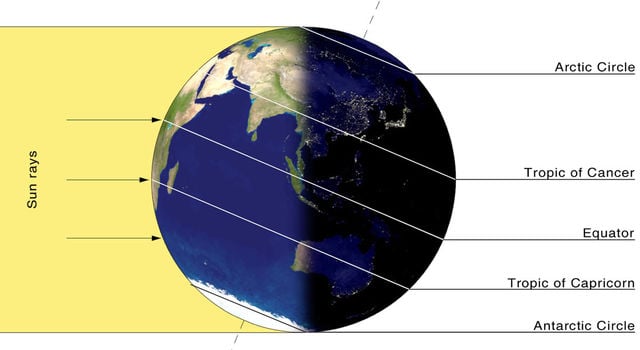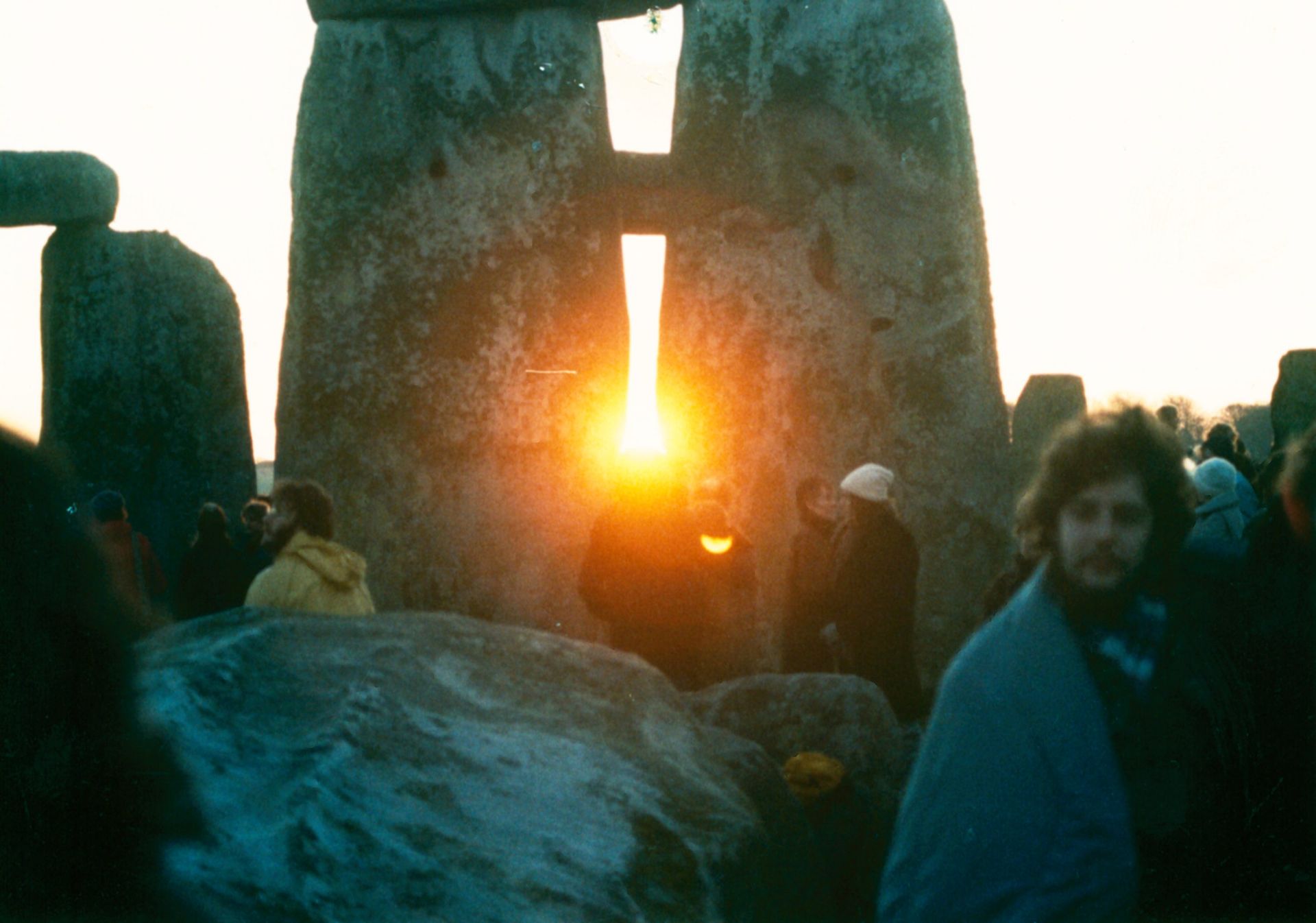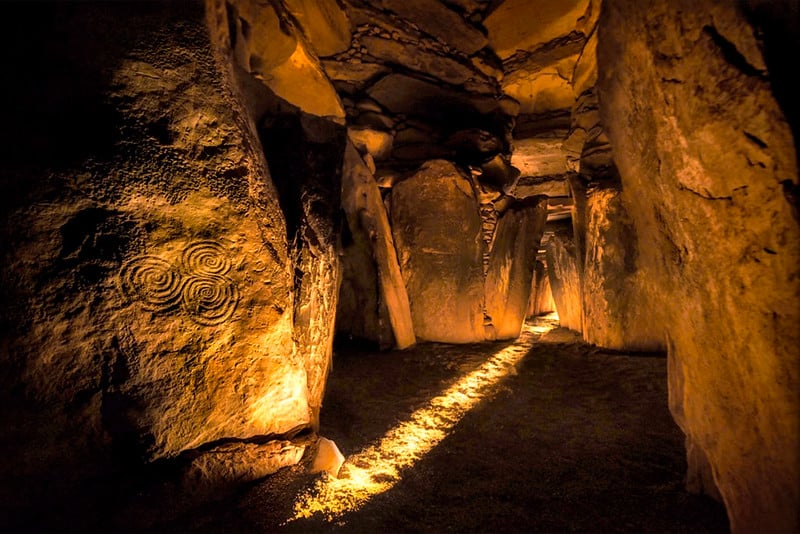
With a large part of the US currently under a winter storm warning, it may appear that the chilly season is upon us. But while meteorologists consider December 1 the start of the Northern Hemisphere winter, the astronomical first day of winter is December 21.
Often referred to as the winter solstice, it marks the shortest day and the longest night of the year. For Southern Hemisphere residents, the day marks the start of the astronomical summer. They will enjoy the longest day and shortest night of 2022.

The different seasons are caused by Earth's orbit around the Sun and its own axis, which is tilted at a 23.5 degrees angle. The Northern Hemisphere is tilted away from the Sun during the December solstice. It, therefore, gets a lot less sunlight than the Southern Hemisphere, which is leaning towards the star.
The December solstice celebrations extend throughout the day. But winter solstice marks the exact moment when the Sun is directly over the Tropic of Capricorn. This year, that will be at 4:48 PM EST on December 21.
The winter solstice was very important for ancient cultures. Once it passed, the days became increasingly longer. Though many months of cold weather remained, the people knew that the Sun had not left them. The Sun's "rebirth" was marked with elaborate ceremonies. Many were performed at structures specially built for the occasion.

Among the most famous is Stonehenge in Wiltshire, England. The prehistoric religious site comprises a circle of stones that are aligned with the Sun's movements. Visitors from around the world gather at Stonehenge every winter solstice to see the spectacular sunrise between the stones.
Newgrange, a 5,000-year-old burial mound in Ireland's Boyne Valley, is also a popular solstice destination. The large stone structure is designed to receive a ray of sunlight in its central chamber at dawn on the winter solstice. As the dark room illuminates, it reveals numerous intricate carvings on the walls. The event takes 17 minutes from start to finish. It is so popular that viewing tickets are now given out through a lottery.

Over the years, many cities and towns have started their own winter solstice traditions. In Japan, residents celebrate the occasion by soaking in hot baths filled with yuzu. The lemon-like fruit is believed to provide immunity from colds. Koreans mark the event with a red bean porridge that is eaten and spread around the house to keep evil spirits at bay. The residents of Anchorage, Alaska, spend part of the 18-hour, 33-minute-long night with fun activities. They include sleigh riding and hiking on the candle-lit Rodak Nature Trail.
Happy Winter Solstice!
Resources: Wikipedia.org, Space.com, Timeanddate.com